A Smart Way to Relieve Muscle Tension
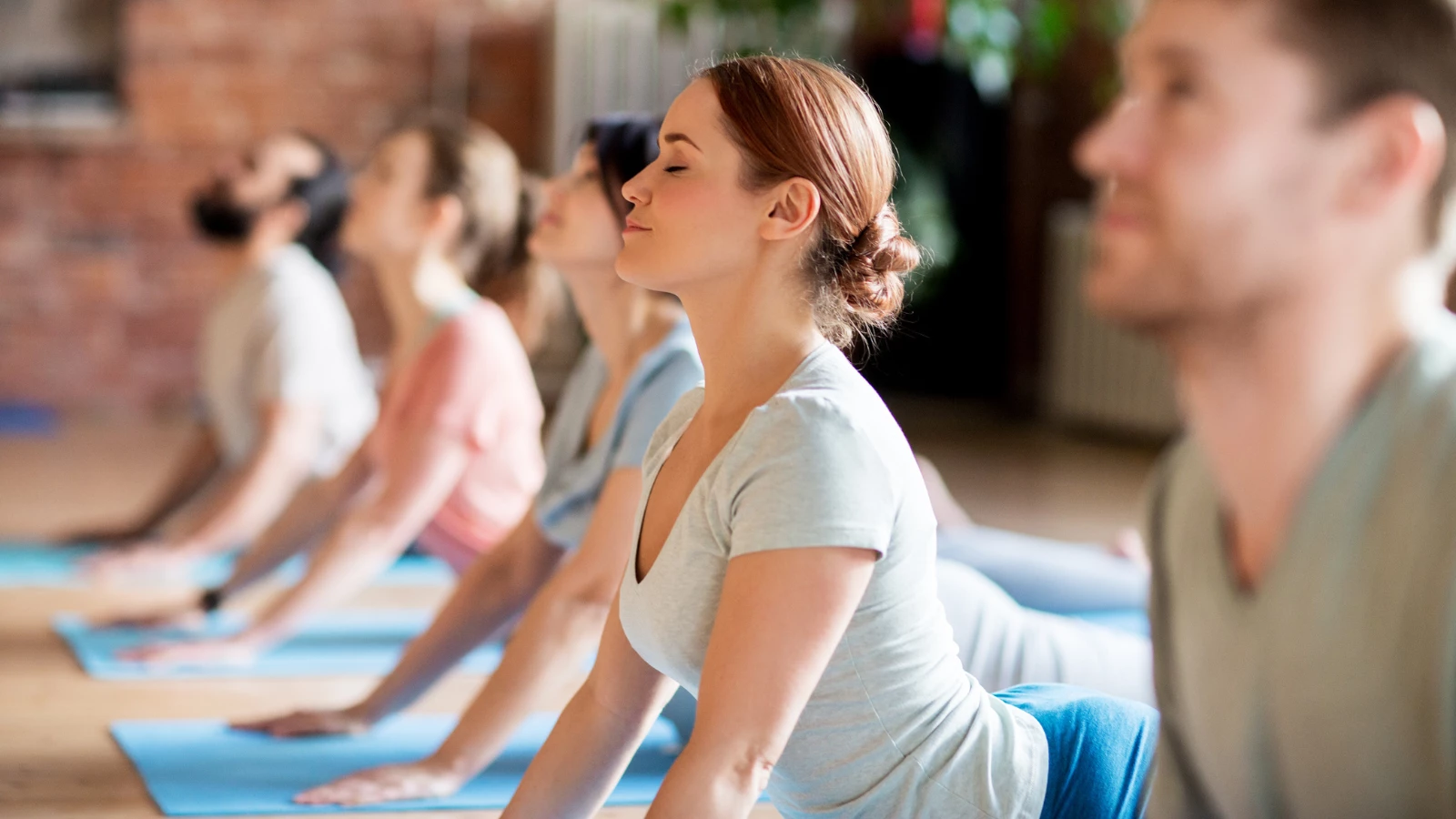
Article At A Glance
At the beginning of each yoga teacher training, I like to ask my students: “If some area of your body gets tight, what do you do with it?” The answer I am given (often with a snort) is always: “You stretch it.” To which I answer: “That’s the last thing you want to do to it.” That usually gets their attention. So what do you do with muscle tension? Let’s take a look.
Your muscles have two main functions: to produce movement by moving the bones of the skeleton and to maintain posture/body position. Otherwise, we wouldn’t be able to sit upright or stand. As we move through life, we rarely use the body in a symmetrical way or maintain a posture that’s perfectly aligned.
As a result, we create muscle imbalances over time that can cause discomfort and pain. I had a student once who’s driven a forklift for 30 years of his life. Turns out, to drive safely, forklift drivers must drive in reverse, placing the body in a seated twist. Can you imagine doing this for most of the day, every day for 30 years? Do you think his body maintained its proper alignment and symmetry? Not so much.
How Hunching Creates Muscle Tension
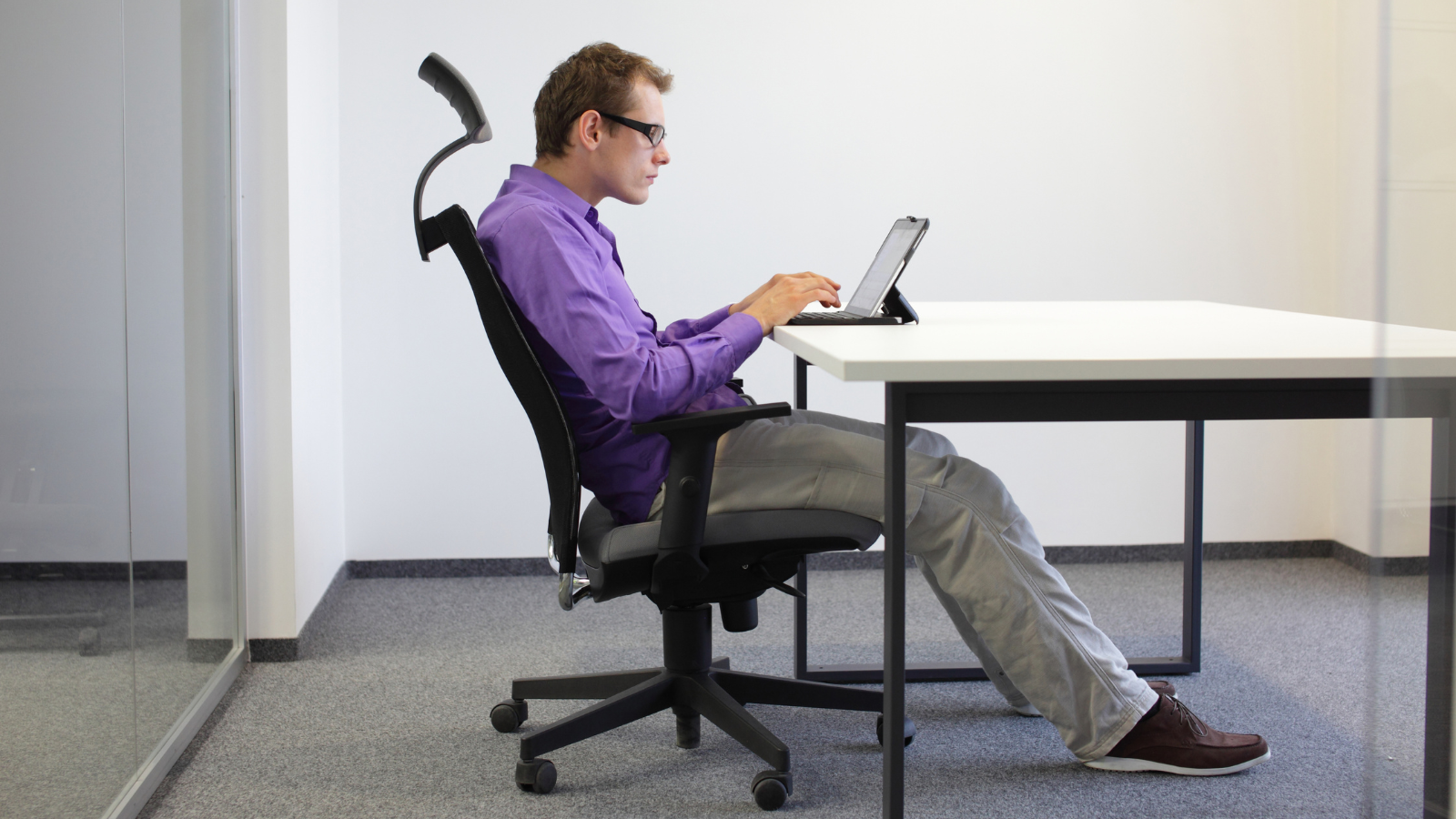
Let’s take a look at a more common problem: a hunched-over position. (Are you sure you are not hunching over yourself while reading this? :)) The muscles of the chest, upper back and neck have to support the weight of the displaced head (which is heavy) every waking hour. The body segments get pulled out of place and the muscles of the chest get stuck in the contracted position (locked-short), while the muscles of the upper back get constantly pulled on and start acting like straps (locked-long). I got this terminology from Thomas Myers’ book Anatomy Trains.
So what, you say? Well, both locked-short and locked-long muscles lose their ability to contract properly and become weak, undernourished, and eventually painful. You cannot will them to relax, they can only let go to a certain extent, but once you are back to your hunch, they’ll return to their strained place. Trying to stretch a locked-short muscle is like trying to pry open a clenched fist. It won’t give much and then will snap right back into place. Trying to stretch a locked-long muscle is like pulling on a leather belt. How far will that get you? It is already stretched out and you can actually cause more damage by pulling it further.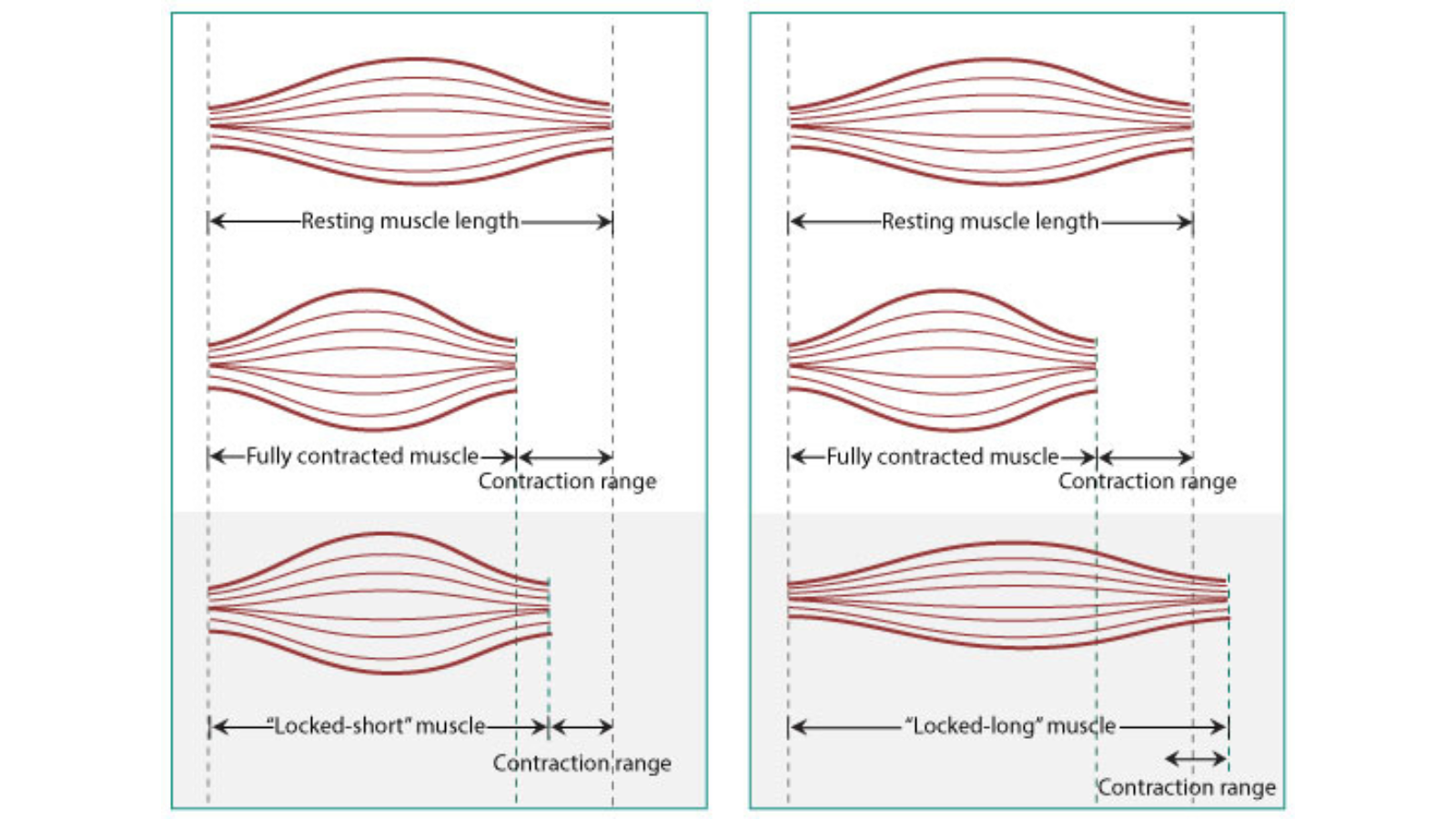
Locked-short muscle (“tight fist”) is stuck in the contracted position and cannot return to it’s resting muscle length. Because of that it’s contraction range is limited. Locked-long muscle (“leather belt”) is stuck in the stretched out position, becomes weak and is not able to do the full contraction.
The Unexpected Solution to Muscle Tension
What’s the solution then? Contract! Muscles are designed to contract and relax in succession, which increases circulation to the area, brings nourishment and develops muscle tone and strength. So the most effective way of working with the tight muscle is to contract-relax-contract-relax-contract-relax, then stretch (if appropriate). This task is easily accomplished by moving in-out of the pose before holding it.
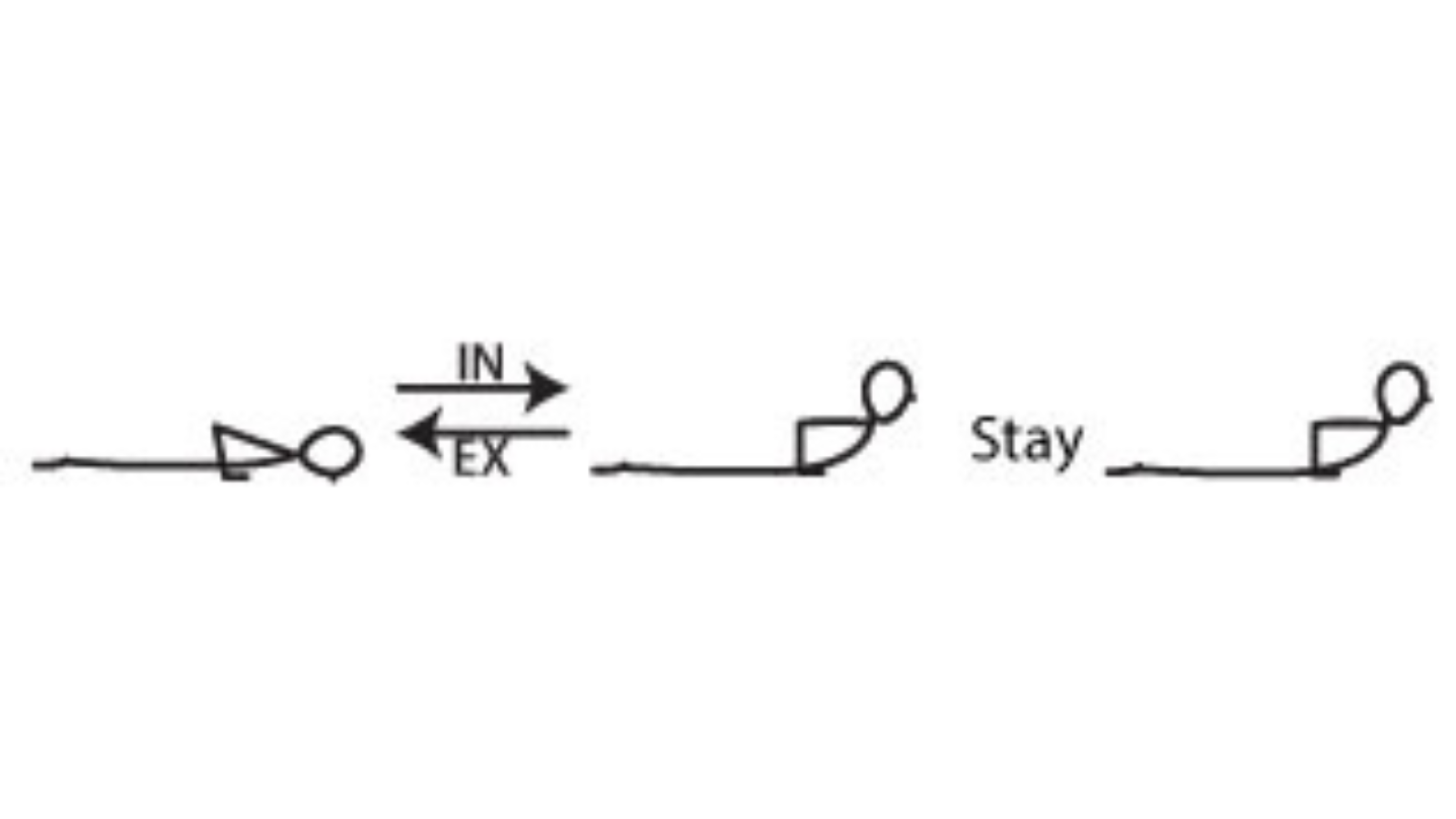 Take a look at Cobra Pose (Bhujangasana). On the inhalation, you lift into the pose, contracting your lower back muscles. On the exhalation, you return into the starting position to relax your lower back. After doing this contract-relax-contract-relax a few times, you can then stay in the pose to strengthen your lower back muscles. After that, you can go into the Child’s Pose (Balasana) to stretch the back.
Take a look at Cobra Pose (Bhujangasana). On the inhalation, you lift into the pose, contracting your lower back muscles. On the exhalation, you return into the starting position to relax your lower back. After doing this contract-relax-contract-relax a few times, you can then stay in the pose to strengthen your lower back muscles. After that, you can go into the Child’s Pose (Balasana) to stretch the back.
Of course, you have to make sure that you are using your back muscles wisely in Cobra, not jamming your lumbar spine and not using your arms. Cobra is one of the most misunderstood yoga postures. It is extremely effective for relieving lower back tension, yet many practitioners give themselves back tension by doing it incorrectly. Very unfortunate.
A Yoga Sequence for Locked-Long vs. Locked-Short Muscles
Back to our topic. Trick question: does this principle of contract-relax-stretch change if the muscle is locked-long instead of locked-short? Yes and no. The sequence of events will still be the same: contract-relax-stretch, but for locked-short muscles, we’ll place more emphasis on “stretch” at the end to release chronic contraction and encourage them to return to the resting muscle length. For locked-long muscles, we’ll place more emphasis on “contract” and probably won’t even do any stretching because we’d be interested in strengthening the muscle and restoring its elasticity.
Simple example: This short sequence is useful for the lower back that’s either weak or tight, but the emphasis will be different. If the lower back muscles are weak and overstretched (like they become with the flattened lumbar curve, tailbone tucked), you would need to strengthen them.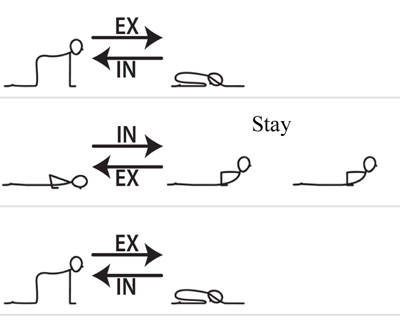
So you would do the following sequence: Cat-Cow Sequence (Chakravakasana) to contract-relax-mildly stretch, cobra up-down-hold to strengthen, Chakravakasana to compensate. The main work takes place in Cobra Pose.
 If the lower back muscles are chronically tight because of the exaggerated lumbar curve, you’d do this sequence: Chakravakasana up-down, Cobra up-down, Chakravakasana up-down, stay in Child’s Pose. The main work is in Child’s Pose. Of course, relieving chronic muscle contraction will take much more work, but this is a good start.
If the lower back muscles are chronically tight because of the exaggerated lumbar curve, you’d do this sequence: Chakravakasana up-down, Cobra up-down, Chakravakasana up-down, stay in Child’s Pose. The main work is in Child’s Pose. Of course, relieving chronic muscle contraction will take much more work, but this is a good start.
Finding Your Muscle Tension Patterns
By the way, none of that work will have a lasting effect if we continue to engage in the behaviors that got us there in the first place. We must look carefully at our patterns of movement (or question our students about theirs) to understand what’s causing or contributing to the problem. Then we need to eliminate them or correct them if eliminating is not possible. My forklift-driving client didn’t have an option to quit his job. But he could try turning to his left and to his right while backing up, for example.
Give Your Hamstrings a Break
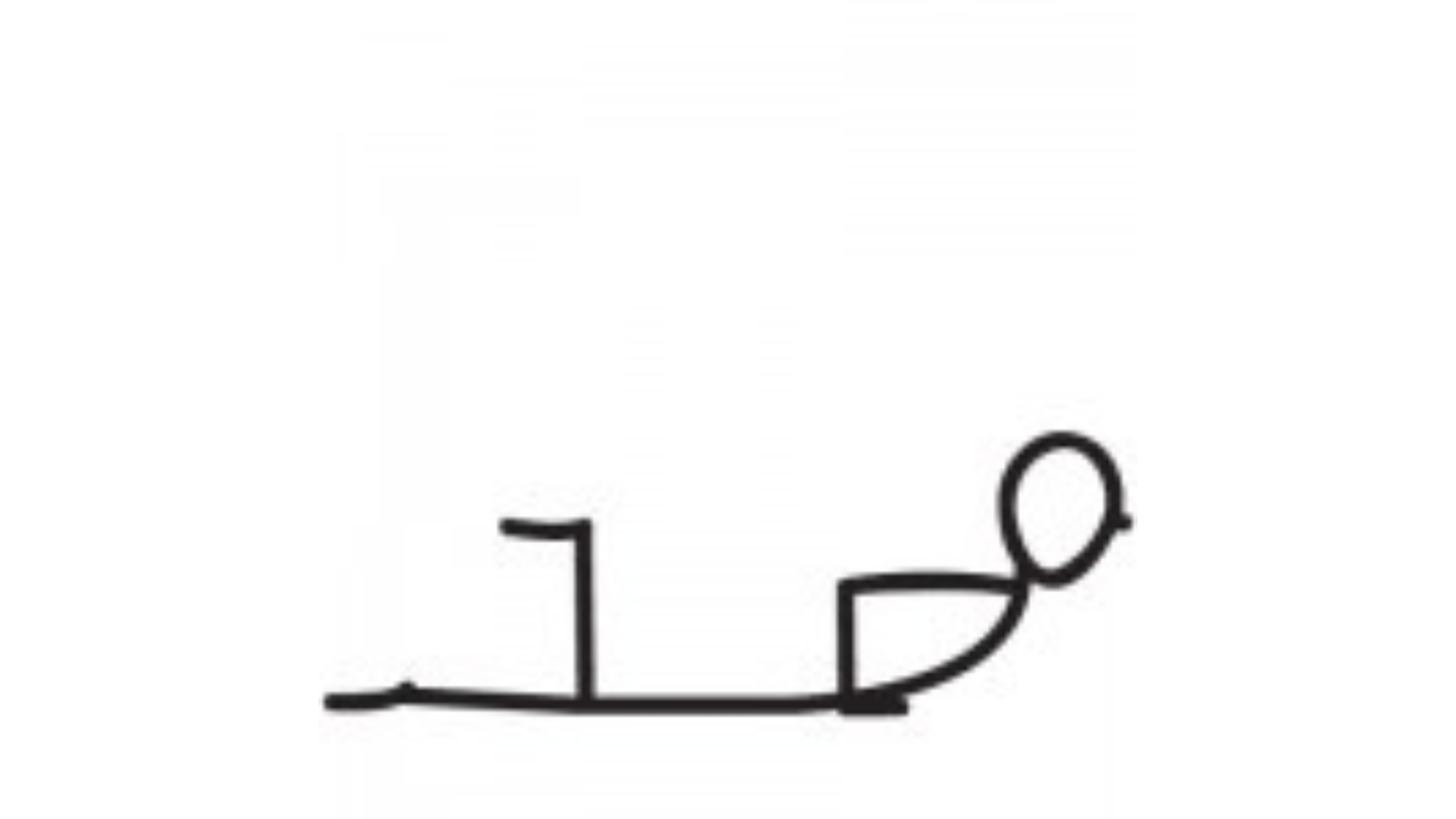 And let me just say, I feel sorry for our poor hamstrings. They get stretched mercilessly in yoga classes, especially if we insist on keeping the legs straight in forward bends. No wonder that one of the most common yoga injuries is literally the “pain in the butt,” or the attachment point of the hamstring tendons to the pelvis. We injure them by pulling on them and then try to remedy it by stretching them again(?!) And then we are surprised that they take forever to heal. So next time one of your students requests hamstring stretches, make sure to include things like this to get the blood flowing into the area before you start pulling.
And let me just say, I feel sorry for our poor hamstrings. They get stretched mercilessly in yoga classes, especially if we insist on keeping the legs straight in forward bends. No wonder that one of the most common yoga injuries is literally the “pain in the butt,” or the attachment point of the hamstring tendons to the pelvis. We injure them by pulling on them and then try to remedy it by stretching them again(?!) And then we are surprised that they take forever to heal. So next time one of your students requests hamstring stretches, make sure to include things like this to get the blood flowing into the area before you start pulling.
This principle of contract-relax-stretch might seem easy enough in theory, but it can be tricky to implement because we are conditioned to think about stretching. If I asked you to think about yoga poses that would benefit the psoas, what comes to mind first? Lunge Pose (Anjaneyasana)? Warrior I Pose (Virabhadrasana I)? Dancer Pose (Natarajasana)? Pigeon Pose (Kapotasana)? What do they do exactly? Stretch it.
Happy Hip Flexors
Let me share my own story. A few months ago, I developed a pain in my right hip flexor area that felt like it really needed stretching. But if I did stretch it, it felt worse. Hmmm, I thought, what’s this about?
What am I doing differently that’s causing it?
Turns out it’s baby gates! We installed those when my son started to get around, and I’ve developed a habit of stepping over them instead of opening and closing. You know, to save time. So I would stand sideways and hike my right leg over it (always the right one) and then pull the left one to follow. Surprise, surprise! My hip flexors on the right side weren’t thrilled. So I eliminated the behavior and set out to resolve the issue it created. You would think that if hip flexing had created the problem, then hip extension should resolve it. Nope. Do you know what turned out to be the best move for my problem?
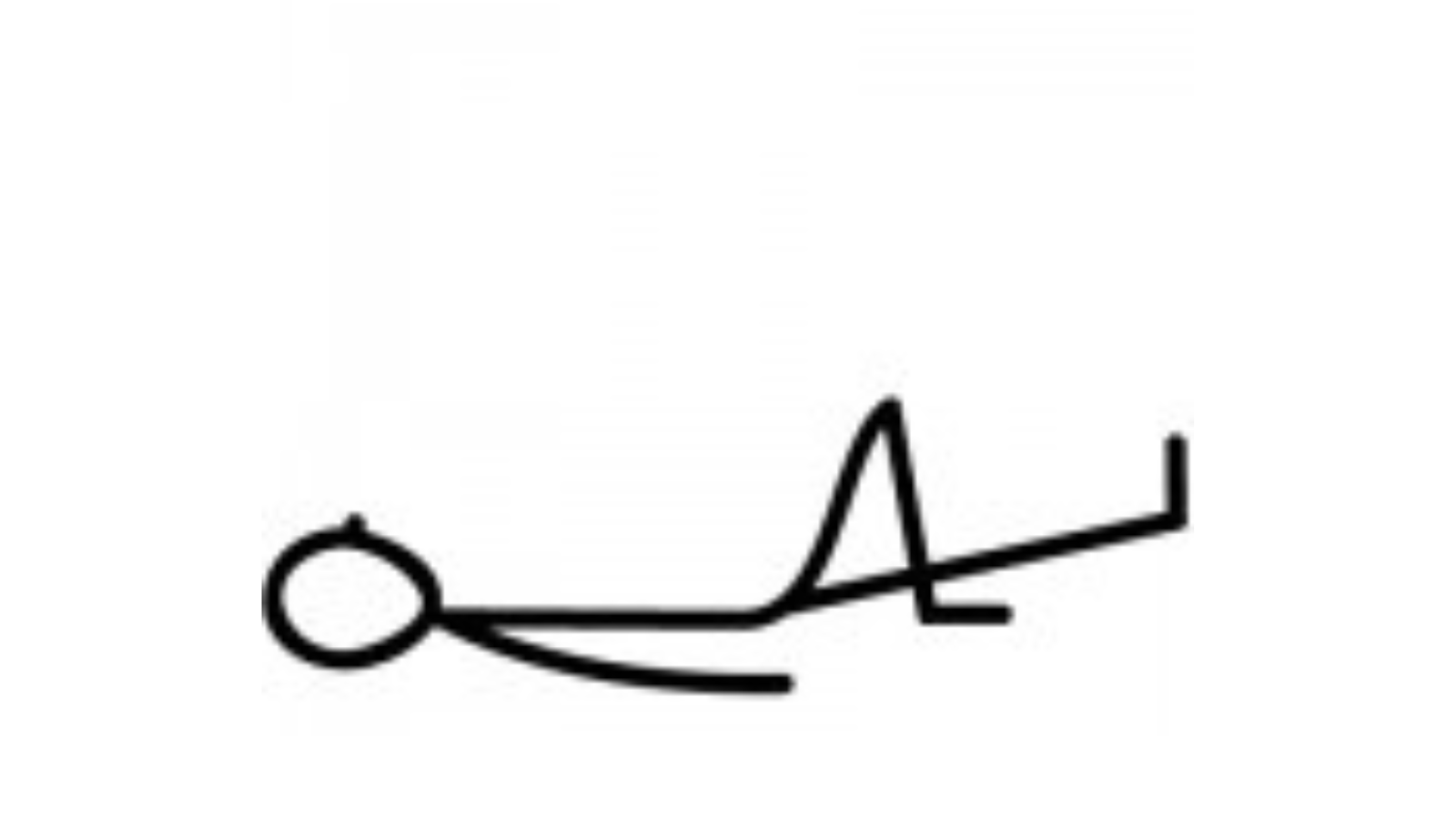 Not Lunge Pose, not Pigeon Pose, but this one! Raising and lowering the leg slightly while keeping the lower back neutral did a fabulous job of contracting the muscles and increasing the blood flow to the area. I followed it with the supine crescent shape with the leg turned slightly in, to stretch it gently. Works like a charm.
Not Lunge Pose, not Pigeon Pose, but this one! Raising and lowering the leg slightly while keeping the lower back neutral did a fabulous job of contracting the muscles and increasing the blood flow to the area. I followed it with the supine crescent shape with the leg turned slightly in, to stretch it gently. Works like a charm.
How to Relieve Muscle Tension by Preparing for Restorative Yoga
And one last thing. Despite the risk of being ganged up by restorative yoga teachers, I’ll say this. I do not believe that restorative yoga is effective unless you’ve done some movement first to get your muscles contracting. Or at least, it would take much longer for your body to release without it. Just my two cents.
So let’s review. When working with a tight muscle (any muscle), first analyze the behavior that’s causing it and change it. Then address the issue by contracting the muscle first, then relaxing, then stretching (if appropriate). So stretching is literally the last thing you want to do.
Also, enjoy this article from Olga Kabel and YogaUOnline: Teaching Yoga to Seniors.
Also, read...
Wrist Pain During Yoga? 4 Tricks to Eliminate Discomfort
Yoga for Neck Health: Exploring Brahma Mudra
Carpal Tunnel Syndrome: A Yoga Sequence to Soothe Sore Wrists
Related courses
Breath as Medicine: Yogic Breathing for Vital Aging
Yoga and Myofascial Release: Releasing Chronic Tension with the Bodymind Ballwork Method
Yoga and Detoxification: Tips for Stimulating Lymphatic Health

Educated as a school teacher, Olga Kabel has been teaching yoga for over 14 years. She completed multiple Yoga Teacher Training Programs but discovered the strongest connection to the Krishnamacharya/ T.K.V. Desikachar lineage. She had studied with Gary Kraftsow and American Viniyoga Institute (2004-2006) and received her Viniyoga Teacher diploma in July 2006, becoming an AVI-certified Yoga Therapist in April 2011. Olga is a founder and managing director of Sequence Wiz— a web-based yoga sequence builder that assists yoga teachers and yoga therapists in creating and organizing yoga practices. It also features simple, informational articles on how to sequence yoga practices for maximum effectiveness. Olga strongly believes in the healing power of this ancient discipline on every level: physical, psychological, and spiritual. She strives to make yoga practices accessible to students of any age, physical ability, and medical history, specializing in helping her students relieve muscle aches and pains, manage stress and anxiety, and develop mental focus.



